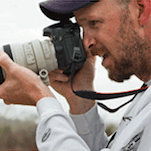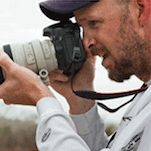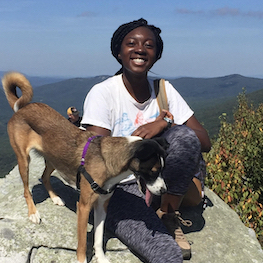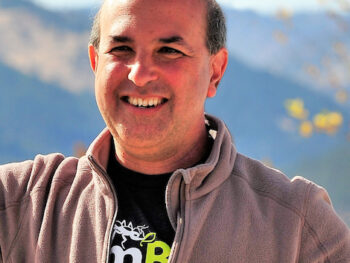Teachable Moments Series

Helping students navigate comparative risk
Each year, I begin my ecology course by assigning a popular-press article Amy Wallace wrote for Wired magazine called, An Epidemic of Fear. I assign it because she tackles a controversial question head on: How has the anti-vaccine movement been so successful? She points out that many people are moved by stories told by vaccine skeptics, stories told by parents who have suffered and desperately want what’s best for their kids. Their arguments tend to be simple and compelling and often mutate under careful scrutiny.
Vaccine skeptics have a ready villain in Paul Offit, a pediatrician and outspoken advocate of childhood vaccines whose professional accomplishments include a key role in the development of a rotavirus vaccine. Dr. Offit’s evangelism is rooted in a deep belief in science as a discipline based on reason and the careful, methodical evaluation of hypotheses using data. As such, he argues we should use science to guide our decisions whenever possible. This is a message I want my students to hear! I know that many of them arrive in my class with a healthy dose of skepticism about vaccines, about big Pharma, and about authority in general. After all, the anti-vaccine movement has succeeded largely by pushing its adherents to get their information from the “University of Google”. I hope to counter this by teaching students about the scientific method and its self-correcting nature. I want them to learn how to be a healthy skeptics of the information they find online rather than knee-jerk science contrarians.
To that end, after my students read An Epidemic of Fear, we review the scientific method as a class. As an example of it’s ability to self-correct, we review Andrew Wakefield’s famous attempt to link vaccines and autism. We catalog some of the numerous studies refuting that link as well as reviews of Wakefield’s research, including those exposing the flaws at its core. I highlight how his was one of the few studies that a journal ever had to retract, and how Wakefield’s misconduct was so extreme that he eventually lost his medical license.
While this is enough for many students, it’s not enough for all. Unfortunately, for many people mere facts are not enough to change minds. Showing the porous nature of anti-vaccine stories only shifts the argument because the initial hesitancy is often based on fear and distrust. In a world where arguments constantly shift, scientists need to take a different approach. We need our own stories. Stories that are rooted in science, but which help people—students, parents, fellow citizens—understand both the power of vaccines and the risks of remaining unvaccinated. As Paul Offit notes:
“The choice not to get a vaccine is not a choice to take no risk. It’s just a choice to take a different risk, and we need to be better about saying, ‘Here’s what that different risk looks like.’”
Part of the reason that vaccines are so easy to dismiss is that they sound like magic. How can injecting me with a piece of a pathogen possibly confer immunity? The answer to this, of course, is that weakened pathogen contains the key to training our immune system to recognize subsequent assaults. Simbio’s tutorial lab How Diseases Spread shows students how vaccines do this. What’s more, interactive SIR models enable students to discover how vaccines establish herd immunity and thus provide protection to those who can’t be (or choose not to be) vaccinated. And this is part of the choice, right? Part of the risk we take when forgoing vaccines is more than personal; it is societal. Because it reduces herd immunity, choosing to remain unvaccinated increases both our risk of getting sick and that of our neighbors.
Unfortunately, not everyone is convinced by this logic. Some parents believe that it is unreasonable to ask them to sacrifice their child’s health to protect anonymous strangers the broader community. This viewpoint is fueled by a misunderstanding of the risks of remaining unvaccinated. After all, most of today’s parents of young children have never seen the devastation caused by childhood diseases like polio, mumps, or measles. This is because vaccines have made these diseases so rare. As a result, many parents feel safe passing on the jab. Sadly, skipping vaccines can be very dangerous as the effects of getting sick aren’t always limited to the disease itself.
A good example is measles. The disease itself is horrible. Its extremely infectious and potentially deadly. This alone is reason enough to avoid it. However, a recent study by M.J. Mina and colleagues showed that the immune system of unvaccinated children who were infected with the disease was compromised. This is because the virus infects the B and T cells responsible for remembering the pathogens an individual has previously encountered. Thus, children who contract measles bear a higher risk of getting other infectious diseases compared to those who don’t.
To me, this is a yet another compelling reason to get vaccinated, one that I hope to add to the story I tell next time I teach. A story that I hope helps students better weigh the comparative risks associated with getting vaccinated versus staying vulnerable.






 Making Climate Change Real While Giving Students Hope
Making Climate Change Real While Giving Students Hope
